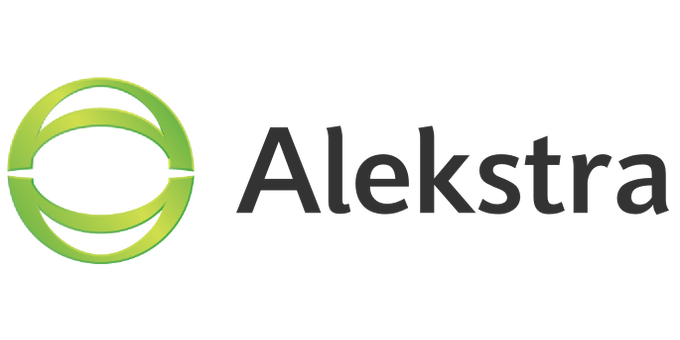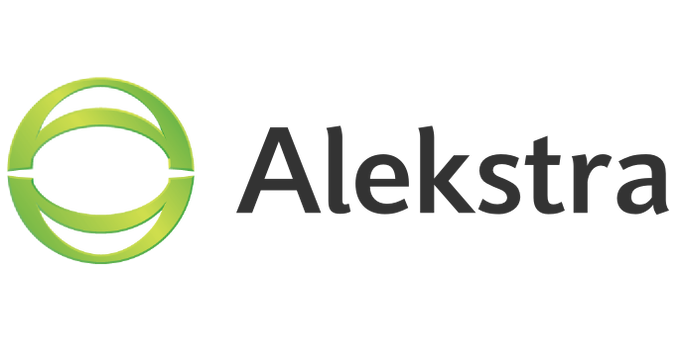Uncategorized
Mobile Market

Can a natural monopoly be efficient and service oriented?
For logical reasons such as the significant capital needed to build networks, the provision of mobile services is a local natural oligopoly. To enhance competition markets have been subject to regulation.
The mobile market as the combined annual revenue of all mobile operators has exceeded one trillion USD. Of this, device manufacturers get 200 billion USD and network infrastructure (hardware and software) providers 100 billion USD. This means that operators achieve high-level profits.
The market serves 3.8 billion phone users, with the enterprise market size estimated at 533 million subscriptions (421 billion USD). With 131 million users, large multinational corporations pay operators an estimated of 137 billion USD.
The North American market alone is comprised of more than 250 million users generating an estimated 183 billion USD in revenues. Of this, enterprises signify an estimated 28% of subscriptions and 53 billion USD in revenues.
Regulators have mandated the separation of network ownership (mobile network operator, MNO) from service provision (mobile virtual network operator, MVNO) and required network operators (MNO) to rent their networks to anyone (MVNO) at reasonable cost.
The technical infrastructure supporting telecom services varies both by country and operator. Every country has its own wireless product portfolio, pricing methodology and proprietary billing system through which to invoice subscribers.
Local operators are positioned as natural oligopolies (due to the same owners having vertical control of both MNO and MVNO). This has kept the market geographically fragmented and also suggests that, barring radical innovations, consolidation will be slow. The other major driver behind the complexity and lack of global-wide wireless services is that the market is consumer driven, with two-thirds of revenues being consumer generated.
Consumer behavior – their user profile – is quite different from that of an enterprise user. Consumers spend only faction of the money that a business user spends on roaming and international services. Further, consumers don’t require reporting or bill processing services and are much quicker to change operators simply for a lower price. There are also significant differences in the decision-making process between enterprises and consumers when selecting a wireless supplier or determining which rate plan and features to choose.
Operators have not designed their architecture to serve business markets efficiently. Complying with business customer requirements forces operators to reconfigure their mainstream processes – leading to inefficiencies such as the inability to satisfy service needs, and higher costs.
Dynamic new entrant
The mobile telecom market is crowded with brands, products, service providers, manufacturers and technologies, leaving phone users helpless to understand the implications of the choices they make when using their phone or signing up for a mobile operator’s new service contract.
As a result, customers simply can’t trust their current or prospective operator to provide them with the best value and lowest cost. Alekstra offers a solution to restore this trust.
We continuously analyze our customers’ phone usage and automatically provide the best value in terms of service, quality and cost. The peace of mind is created by the comfort of reliable information. Our customers experience the Alekstra brand as trust and intelligence.
Our business model as an operator is based on a transparent fixed margin. For our enterprise customers we offer also fully automated bill administration. These features together (known as “Intelligent Phone Bill”) differentiate us and provide unmatched customer value.
We facilitate mobile communication commerce through the transfer of value and information between networks and their subscribers with Ratemizer™, our proprietary, secure, centralized, global processing platform that enables us to provide our services through the Internet, both cost efficiently and with scalability.






